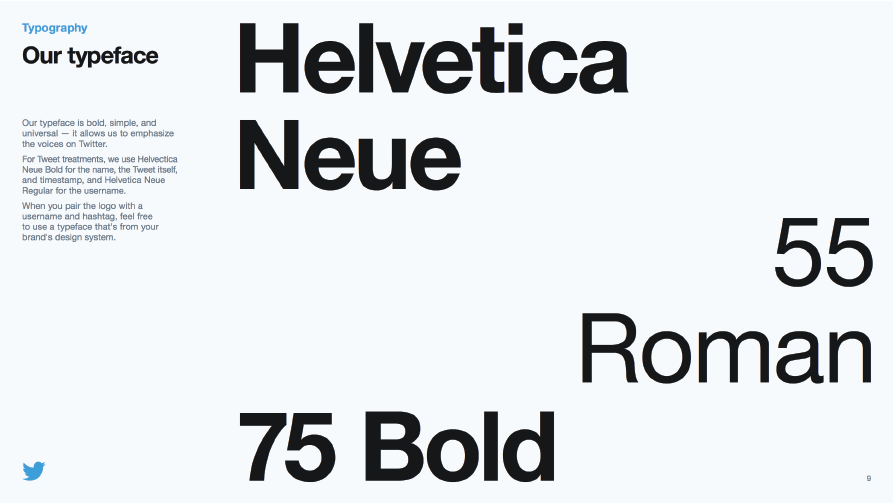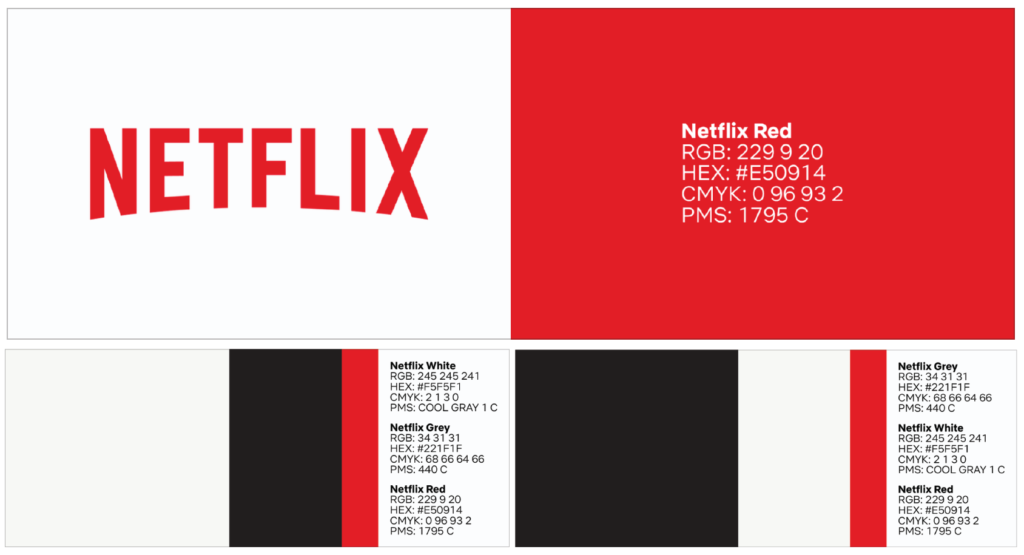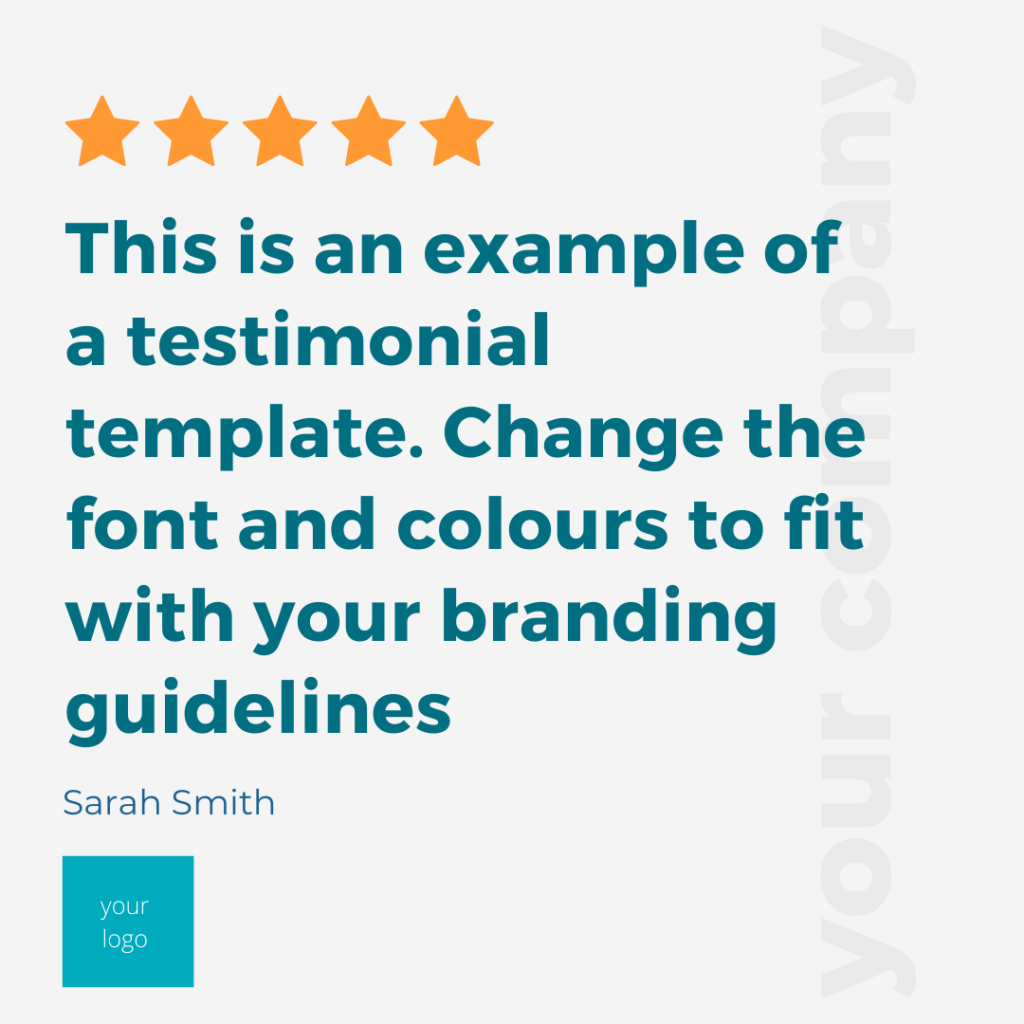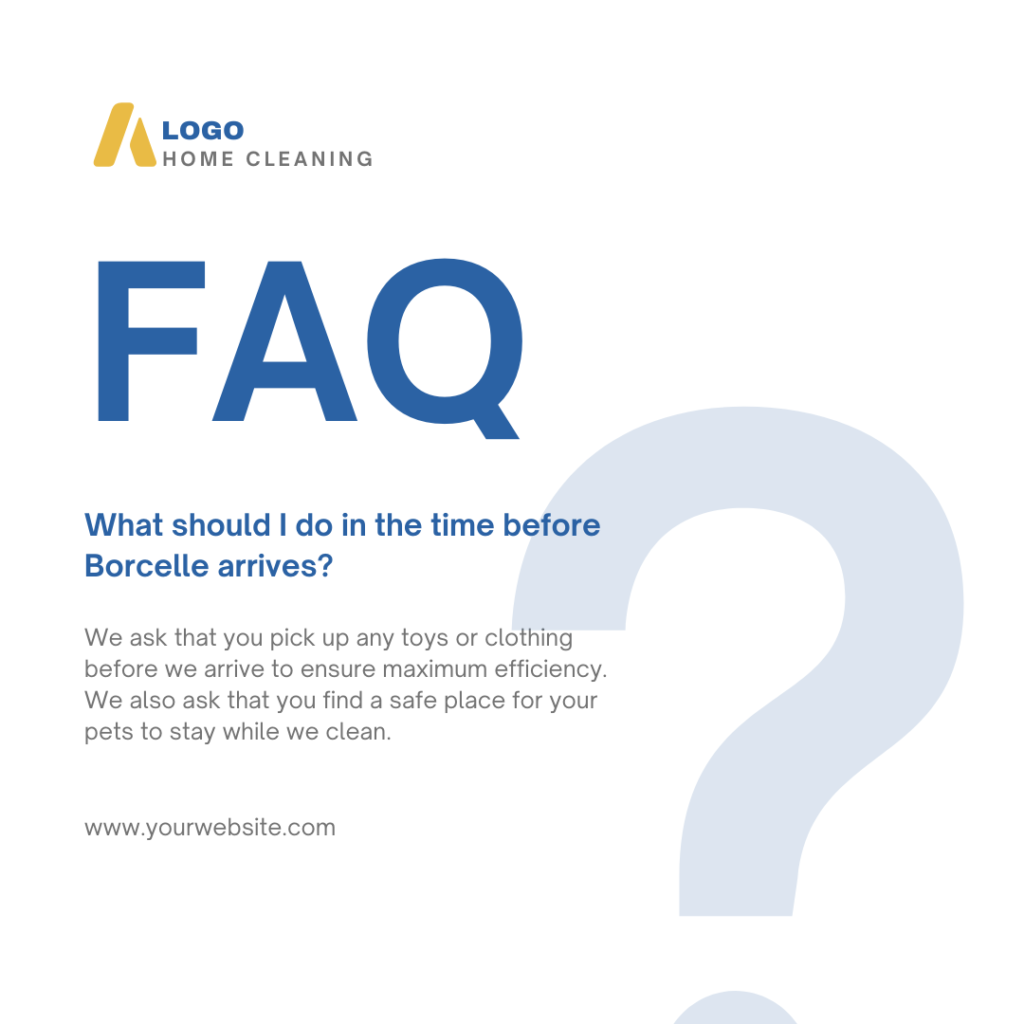When it comes to branding, consistency is critical. You want your brand to be recognizable, right? In that case, you’ll need to make sure that all of your branding materials are visually similar and share common elements, such as fonts, colours and images. In this blog post, we’ll discuss how to create cohesive branding guidelines that will help keep your brand’s visual identity consistent across all mediums.
What are branding guidelines?
A branding guideline is a document that outlines the specific elements that make up a company’s brand, such as their logo, typeface, colour palette and taglines. Branding guidelines help keep a company’s branding consistent across all mediums, ensuring its visual identity is always on point.
We’ll take more about what should be included in branding guidelines later on.
The importance of consistency in branding
Maintaining a consistent branding strategy is essential for several reasons. Firstly, it helps to create a recognizable and memorable identity for your company. Consumers will come to associate your brand with specific values and qualities, which can help you attract new customers and retain existing ones.
Secondly, a consistent branding strategy helps to build trust between your company and consumers. When people see the same logo, typeface and colours time and time again, they’ll begin to associate those elements with quality and reliability. This increases the chances they’ll choose your brand over a competitor’s.
Finally, a consistent branding strategy is necessary for maintaining brand identity across all channels. Suppose different elements of your branding are used in marketing materials, online ads, social media posts etc. In that case, it can be confusing for consumers and lead to them being less likely to engage with your brand. By keeping all of your branding elements aligned, you ensure that there’s no discrepancy between what people see offline and online.
What should be included in branding guidelines
If you’re looking to create branding guidelines for your business, you’ll want to make sure to include the following:
Your company’s logo and how it should be used
The first thing that new companies do is create a logo. A logo sets a precedent for the rest of your branding strategy, so it’s important to make sure that it’s well-designed and in line with your company’s values.
Your logo should also include information on how it should be used. For example, you’ll want to specify the minimum size at which it can be used and any restrictions on how it can be altered or reproduced. You may also want different colour variations.
For example, consider how medium specifics primary and incorrect colour usage in their branding guidelines.

Your company’s typeface
Your company’s typeface is another important element of its visual identity. A typeface is a set of fonts that share common characteristics, such as the thickness of the strokes, the curvature of the letters and the spacing between them.
Your company’s typeface should be easy to read and in line with the overall tone of your brand. For example, a more serious or traditional brand is likely to use a serif typeface (one with small lines at the end of each stroke), whereas a more modern or playful brand may opt for a sans serif typeface (one without these lines).
You’ll also want to specify how your company’s typeface should be used. For example, you may want to set rules on what sizes it can be used or where it can be placed in relation to other elements, such as logos or images.
Take a look at Twitter’s typeface.

Your company’s colour(s)
You should be included your company’s primary and secondary colours.
These colours are often used in your branding and should be easy to reproduce. You may also want to include a few tertiary colours, which can be used sparingly to add visual interest.
When specifying your company’s colours, you’ll want to include their exact values. This means identifying their RGB or CMYK hex codes.
Take a look at Netflix’s colour guidelines.

Any taglines or slogans you may have
In a similar vein to your logo, you’ll want to include any taglines or slogans you may have as well as formatting.
Free templates to help get you started
Now that we’ve gone through what you should be included in your branding package, we’ll provide some free templates for different types of content to help you get started.
#1: Testimonial
Hopefully, you will provide enough value to your customers that they will be willing to leave you a review.

#2: FAQ
A staple in most companies is frequently asked questions. This is great for those prospects scoping you out and trying to find out more about you.
If you haven’t, you should read creating different content for the different stages of the buyer’s journey. It will lay out the foundation for the types of content that you should be producing.

#3: We are hiring
Adding new people to the team is always super exciting! Make sure that the post you put out catches the attention of people who are scrolling.

#4: Quote
Maybe your audience needs a little motivation on a Monday morning. Use this template to get them pumped up for the week!

#5: Did you know
Sometimes you have a cool fact that you want to share with everyone.

So, there you have it! Everything you need to know about creating cohesive branding guidelines. By following these simple steps and using our free templates, you can ensure that your brand is visually consistent across all mediums.
Need help getting started? Contact us – we’re happy to assist!
